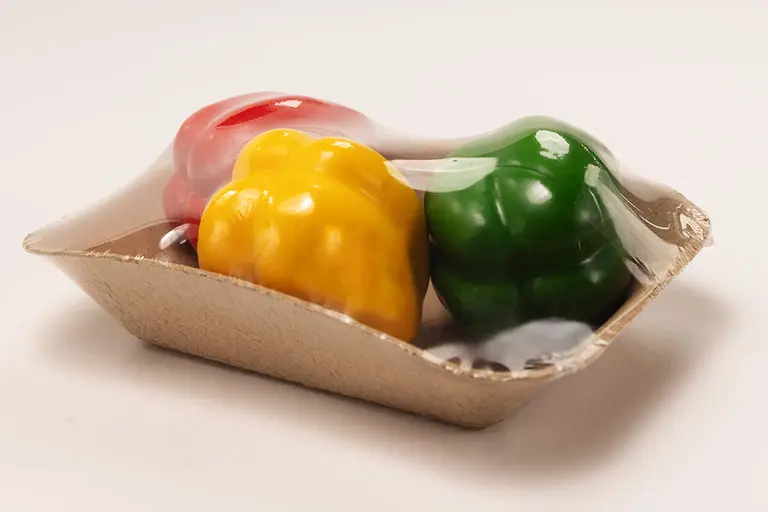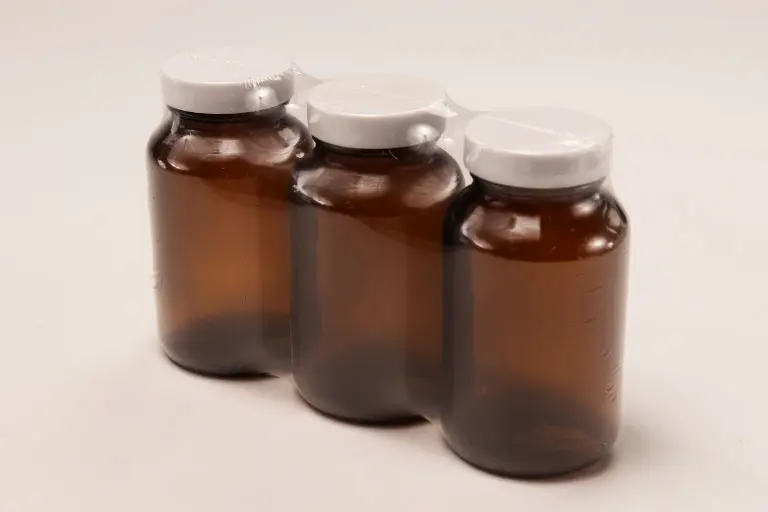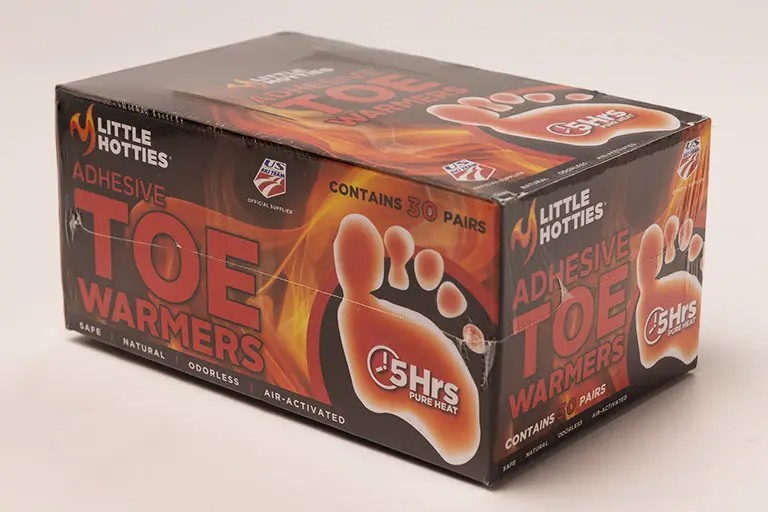Troubleshooting Heat Seal Issues: Wrinkles, Weak Seals, and Delamination
In packaging, a strong, reliable seal is more than just a finishing touch—it’s a critical component that ensures product integrity, extends shelf life, and maintains customer satisfaction. Unfortunately, even the most advanced heat sealers can encounter challenges. Wrinkles, weak seals, or delamination not only affect appearance but can compromise safety and spoilage resistance. Understanding the common causes and remedies of these issues can keep your production line running smoothly.

Common Issues & Symptoms
Even experienced operators encounter heat sealing problems from time to time. Here are some of the most frequent defects:
- Weak seal: The seal opens easily under stress or handling.
- Wrinkled film: Wrinkles or puckering appear along the seal line.
- Film delamination: Layers of laminated film separate, creating weak points.
- Inconsistent seal width: Seals appear thinner or thicker in different areas.
- Burn marks: Overheated areas leave discoloration or scorched spots.
Root Causes & Diagnostics
Identifying the source of a seal issue is key to correcting it efficiently. Common root causes include:
- Temperature too low/high: Too little heat prevents proper bonding; too much can burn the film.
- Dwell time issues: Seals may fail if the bar doesn’t contact the material long enough—or lingers too long.
- Pressure problems: Insufficient or uneven pressure can lead to weak or wrinkled seals.
- Uneven heating bars: Hot spots or cold spots can cause inconsistent seals.
- Material incompatibility: Not all films seal the same—check manufacturer recommendations.
- Maintenance/wear issues: Worn PTFE covers, seals, or misaligned bars can degrade performance.
Solutions & Adjustments
Once you’ve pinpointed the issue, these adjustments can help restore strong, consistent seals:
- Adjust temperature, dwell, and pressure: Fine-tune settings based on the film type and thickness.
- Replace worn parts: Swap out damaged PTFE, cutting rules, or heating elements.
- Perform regular alignment & calibration: Ensure bars and pressure rollers are even and properly aligned.
- Test with sample runs: Trial runs help verify adjustments before full production.
- Use compatible films: Always verify that your film is suitable for the sealing method and equipment.
Preventive Measures
Preventing seal defects is always easier than troubleshooting them mid-production. Consider:
- Scheduled maintenance: Inspect, clean, and replace worn components on a regular basis.
- Training operators: Educate staff on proper machine settings and handling techniques.
- Monitoring seal parameters: Track temperature, pressure, and dwell time to catch deviations early.
- Use of control charts / SPC: Statistical process control can identify trends before defects become widespread.




Conclusion / Next Steps
Strong, consistent seals are essential for both product quality and brand reputation. Troubleshooting common issues like wrinkles, weak seals, and delamination starts with understanding root causes and making precise adjustments. Regular maintenance, operator training, and monitoring can prevent most issues before they occur.
If you’re experiencing persistent sealing problems, don’t hesitate to reach out to Eastey support. Our team can help fine-tune your equipment and ensure your products leave the line sealed for success.

